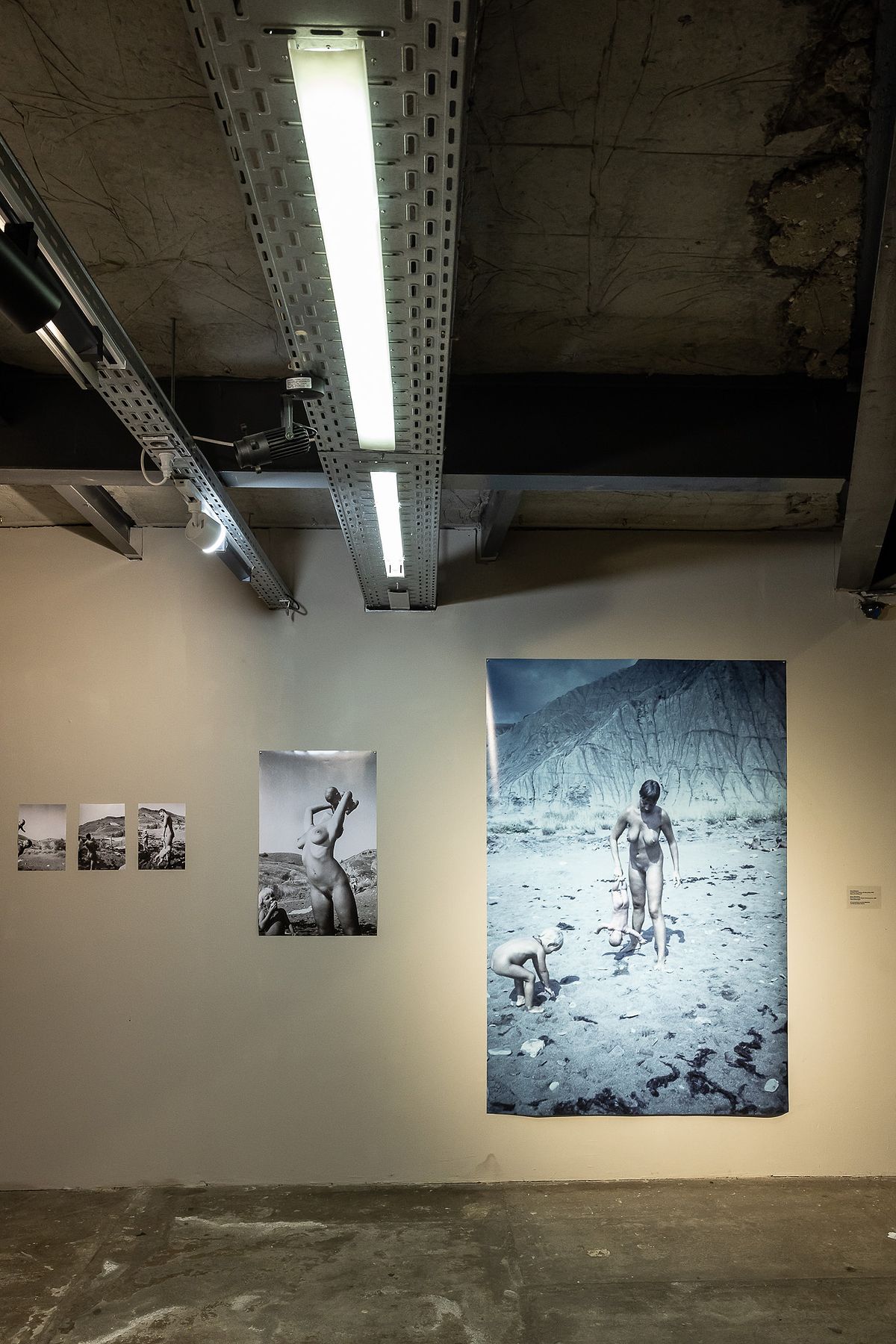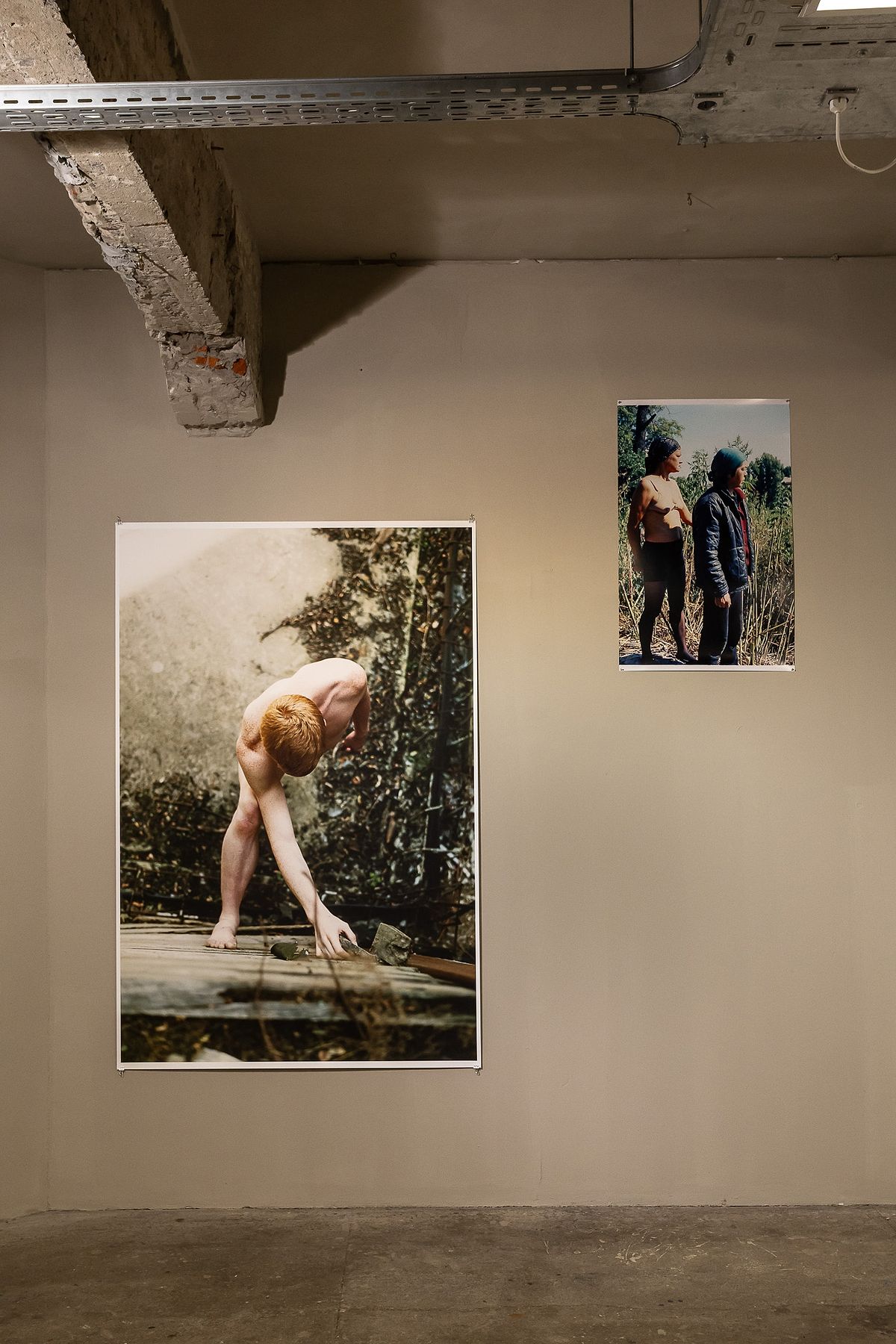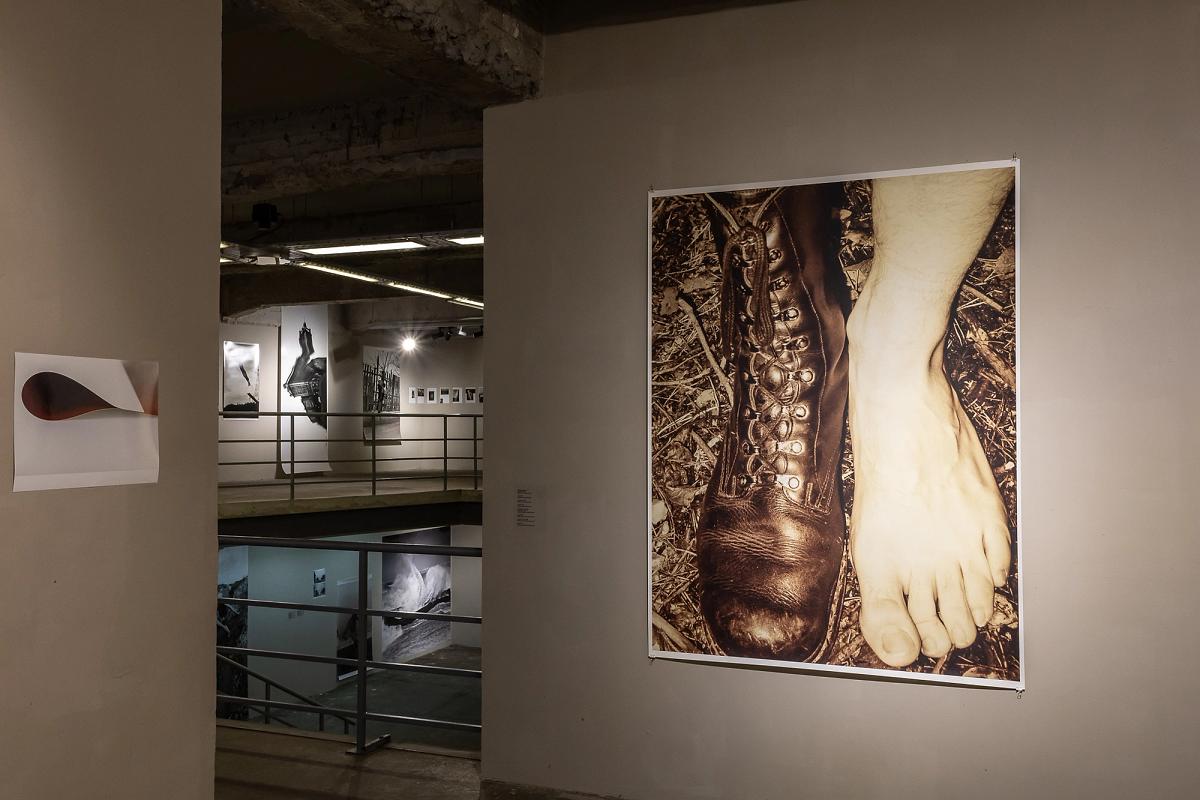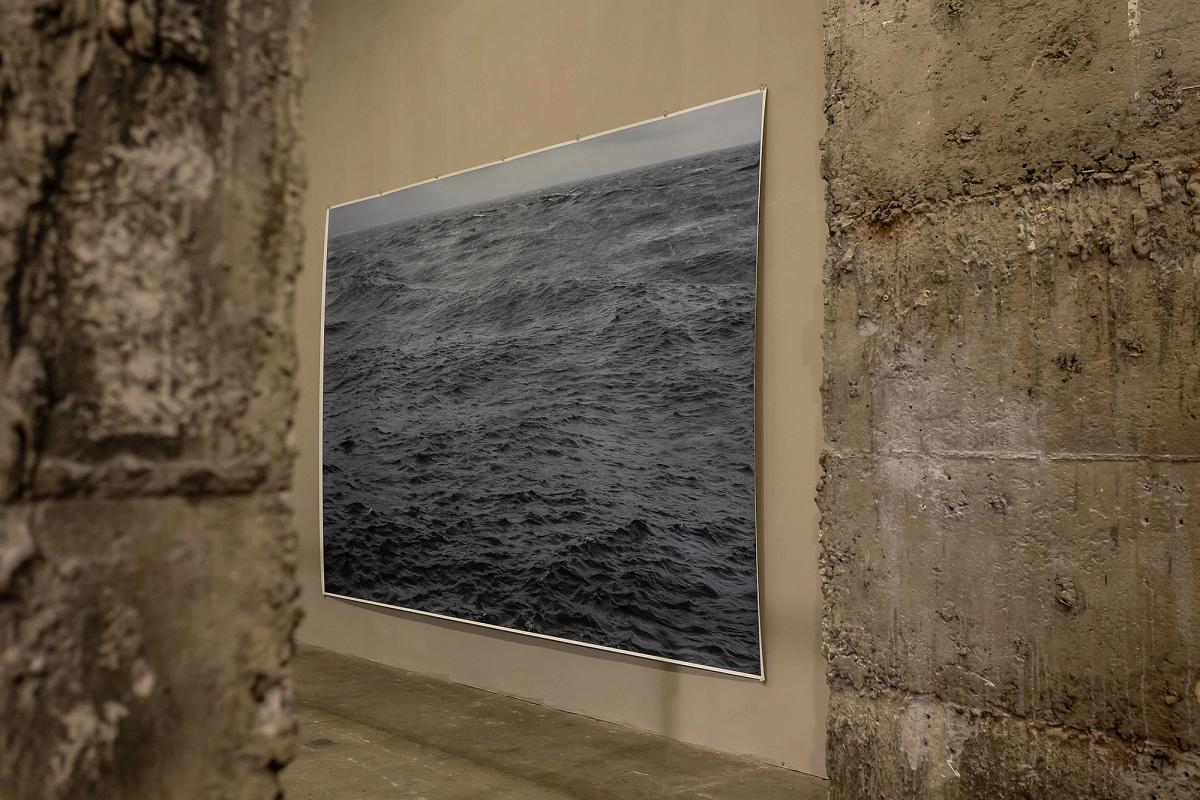
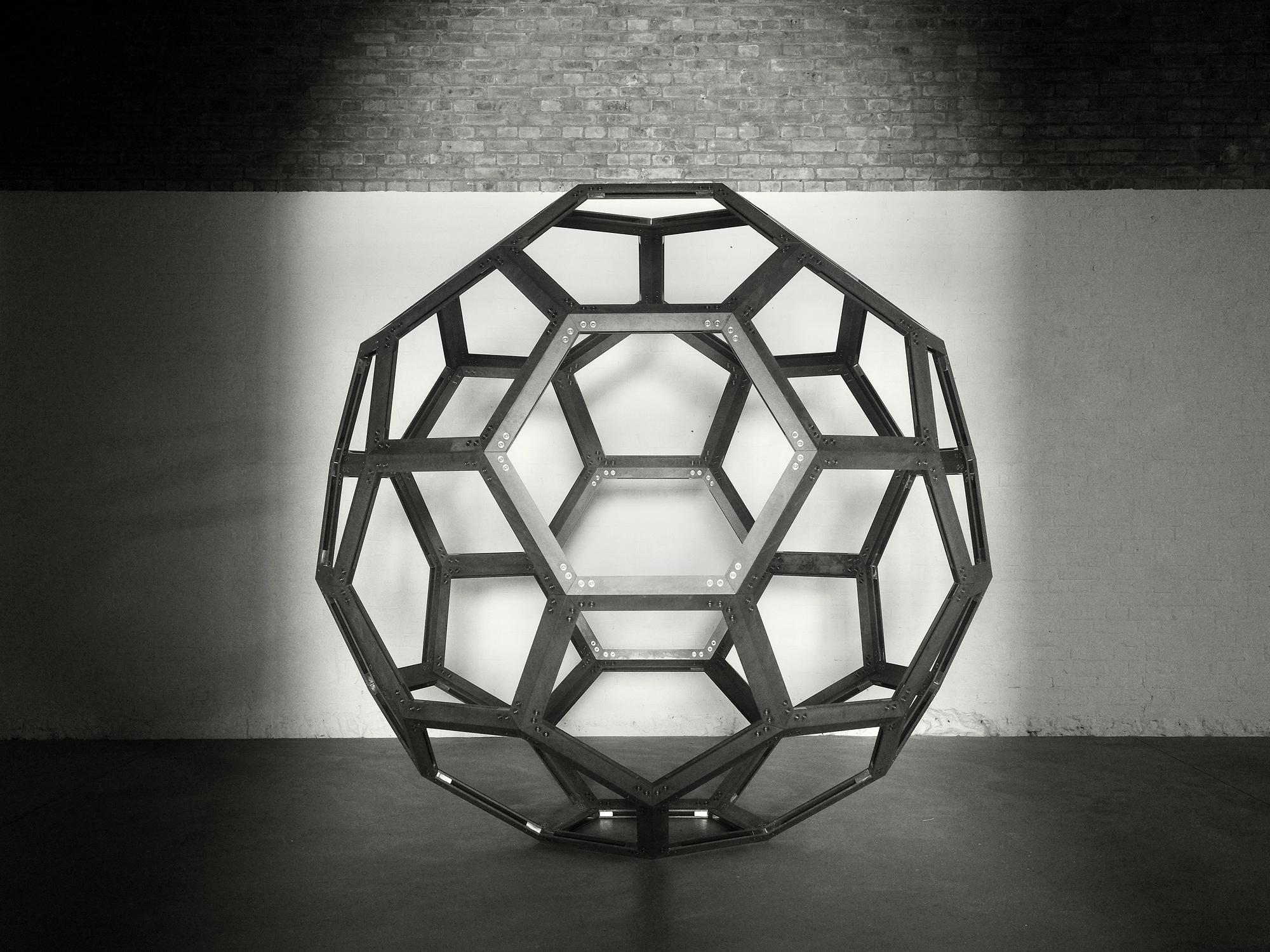

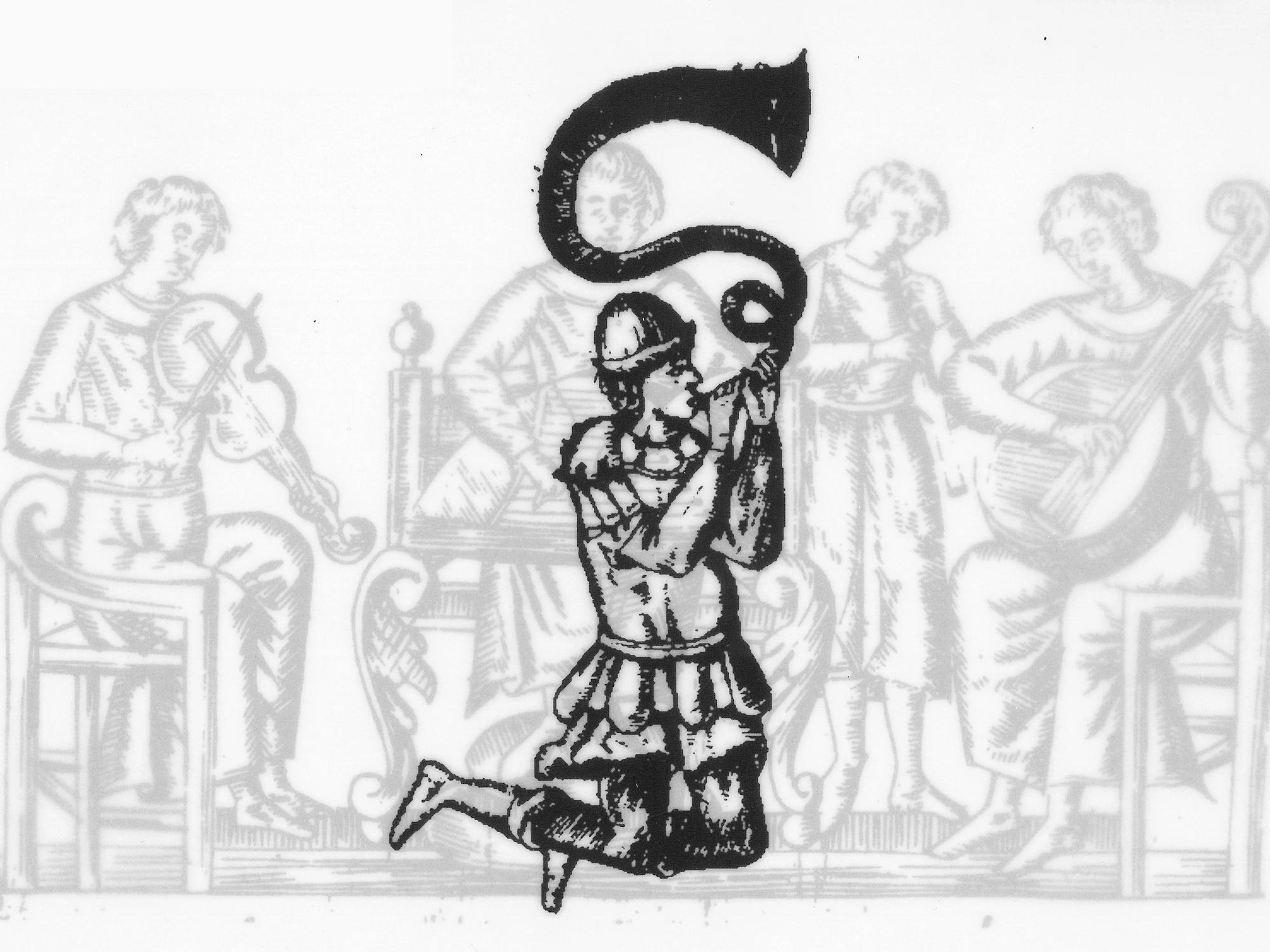
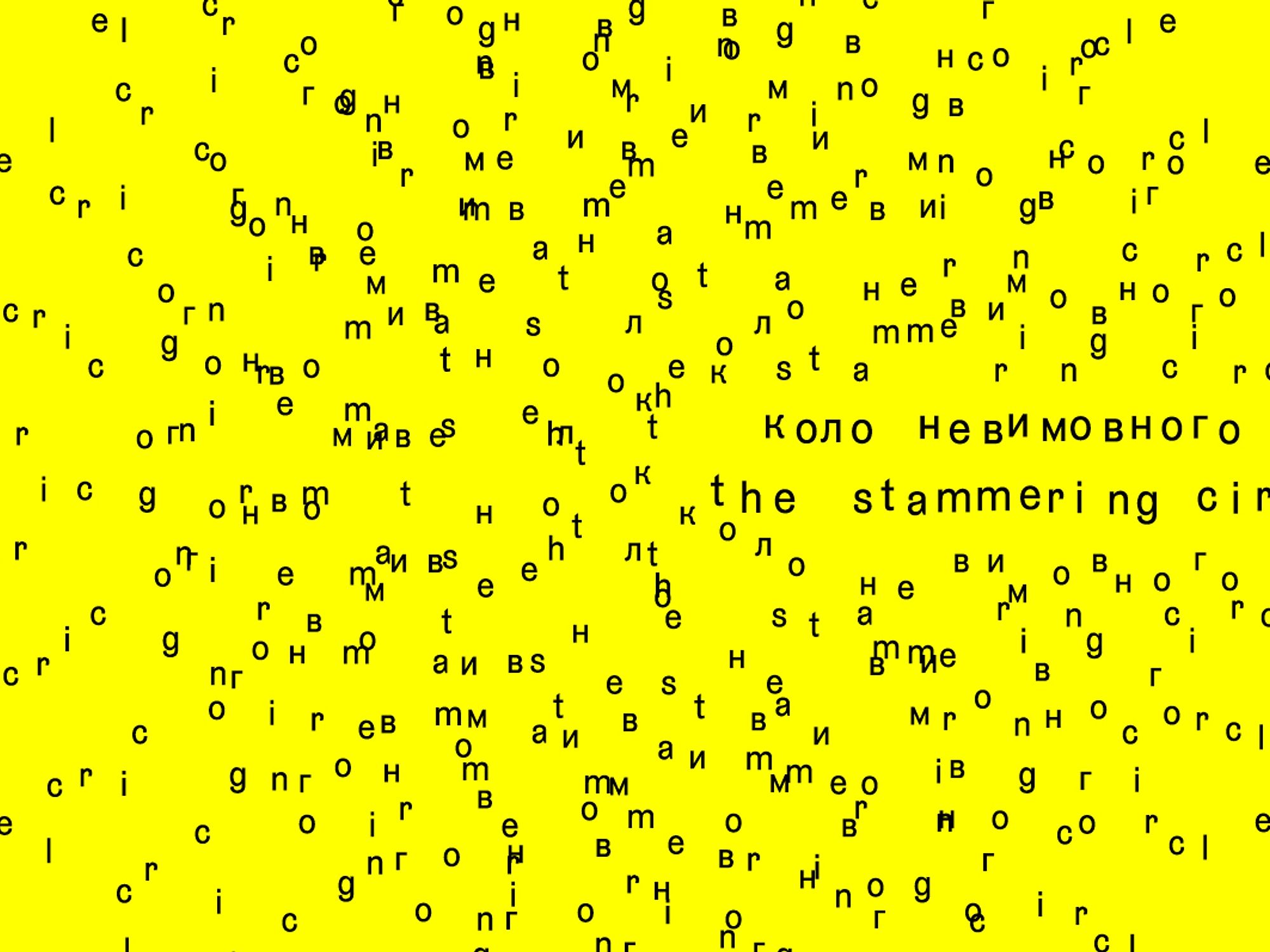
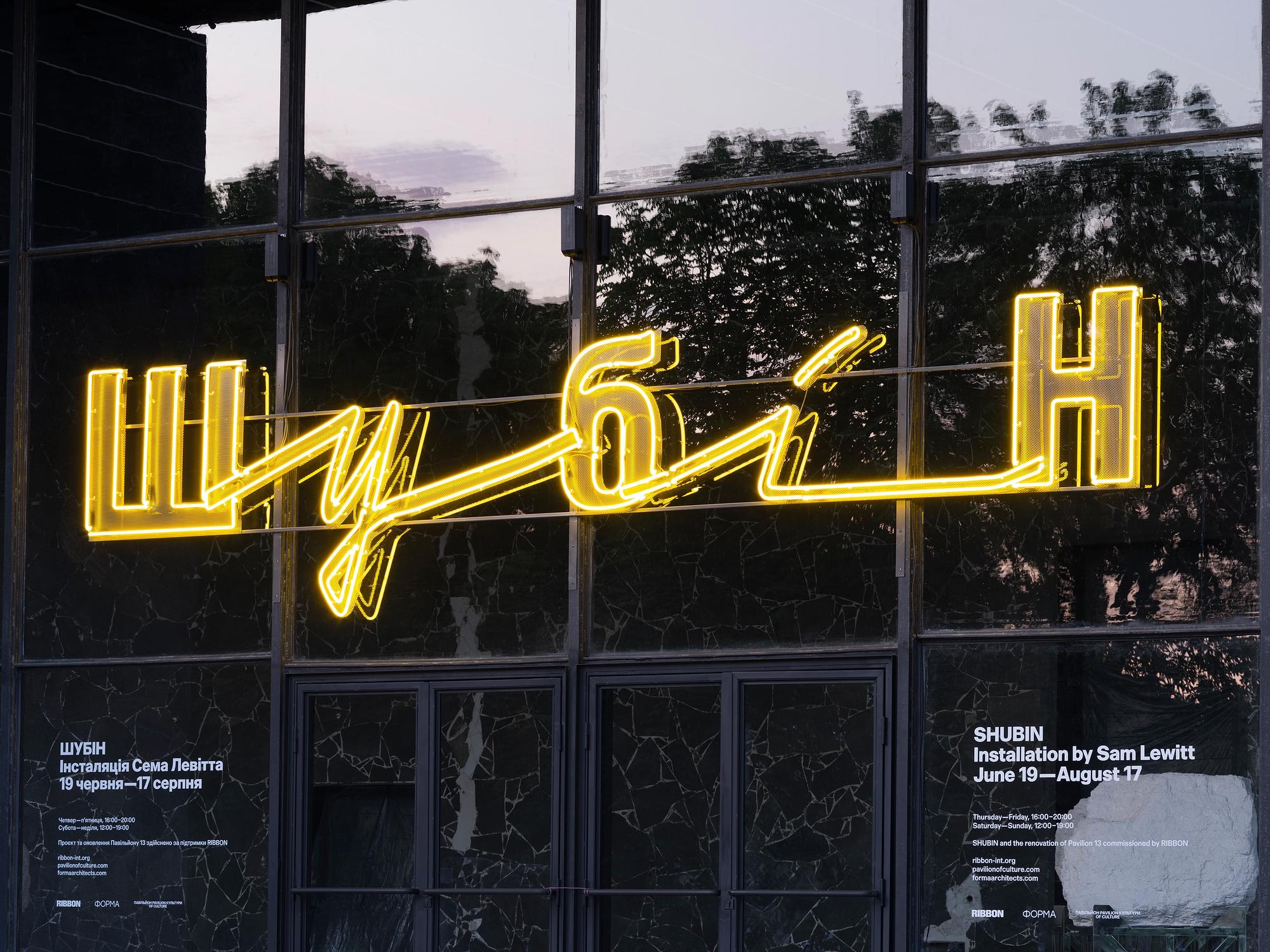
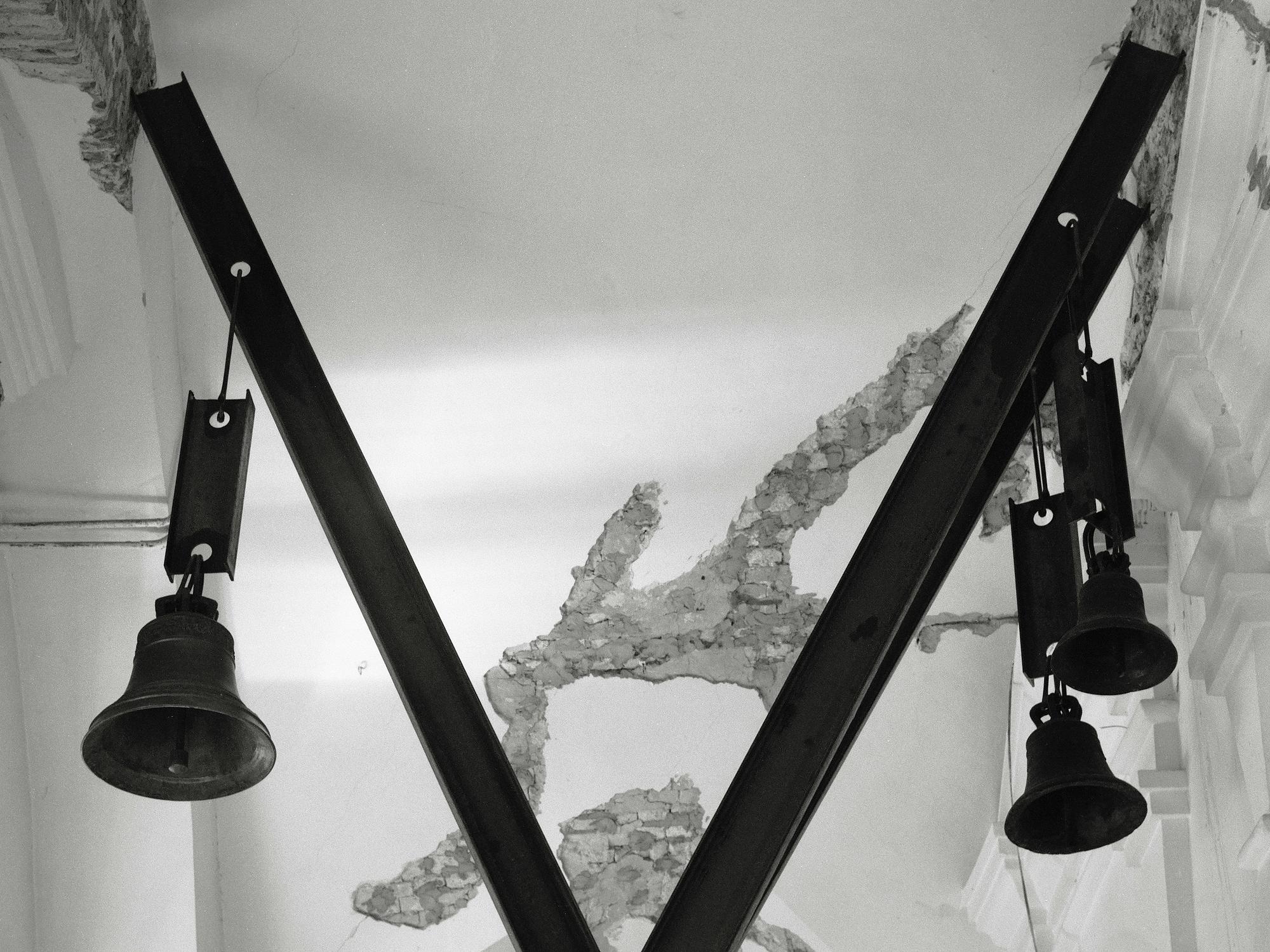
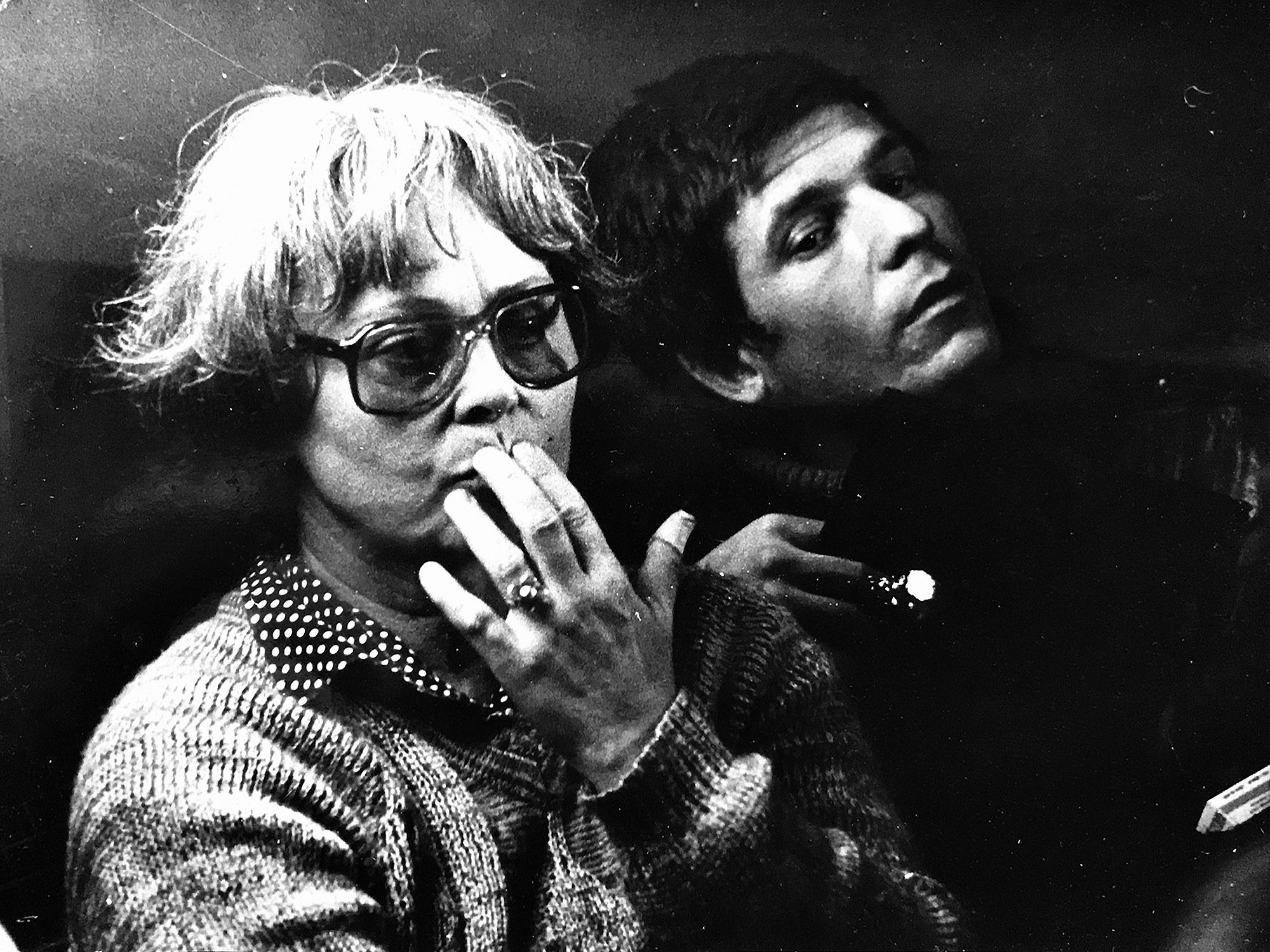
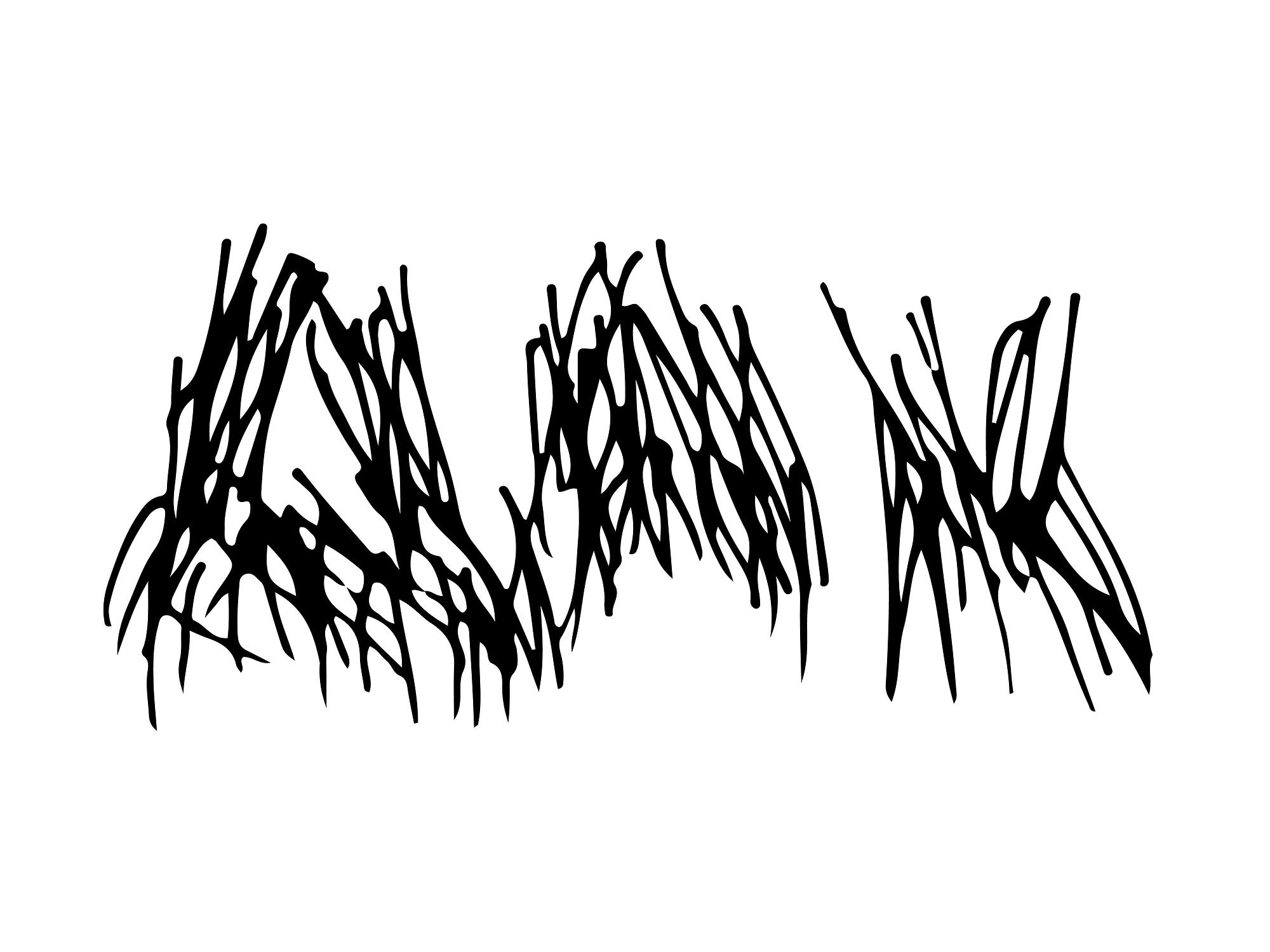
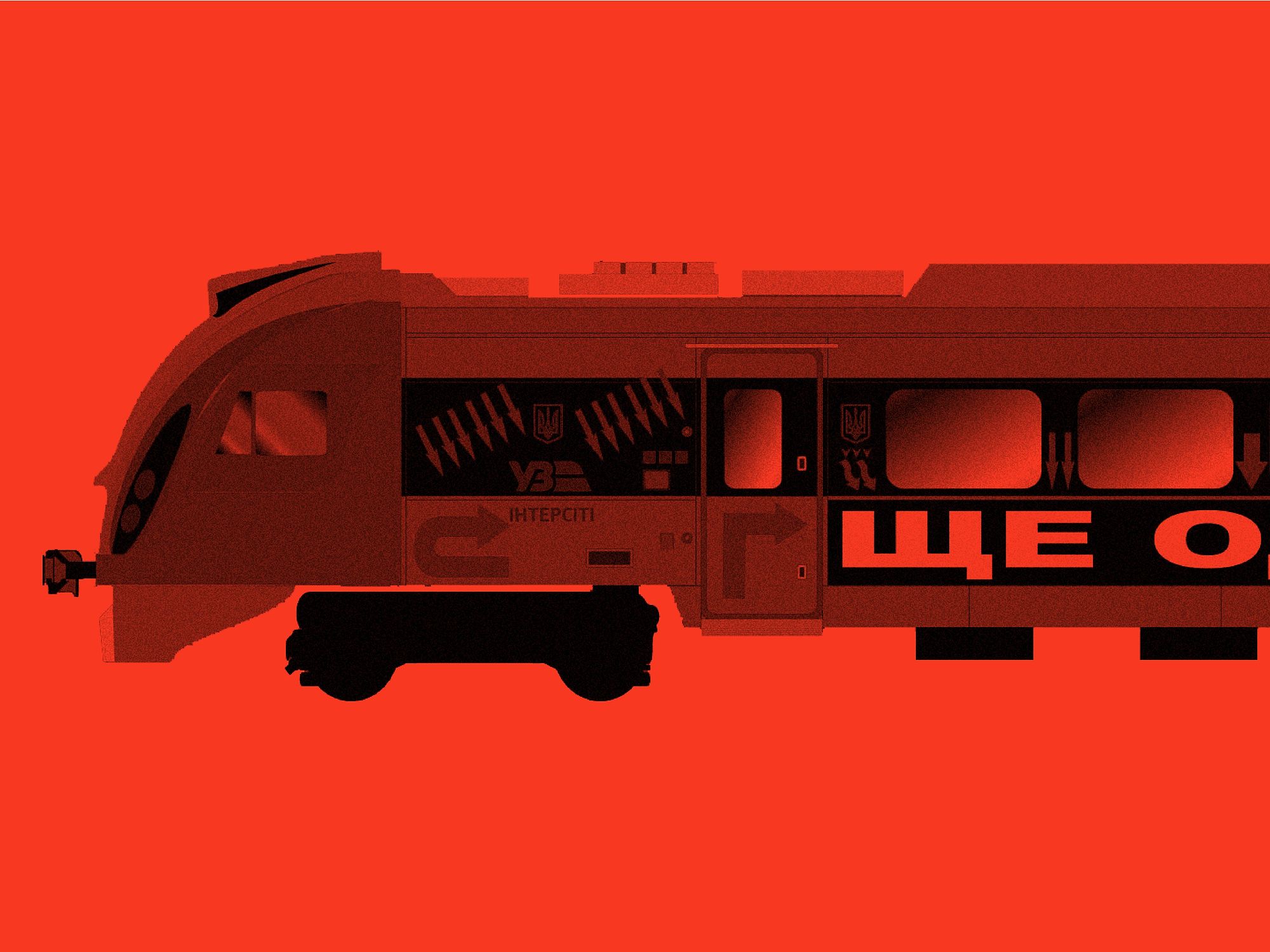
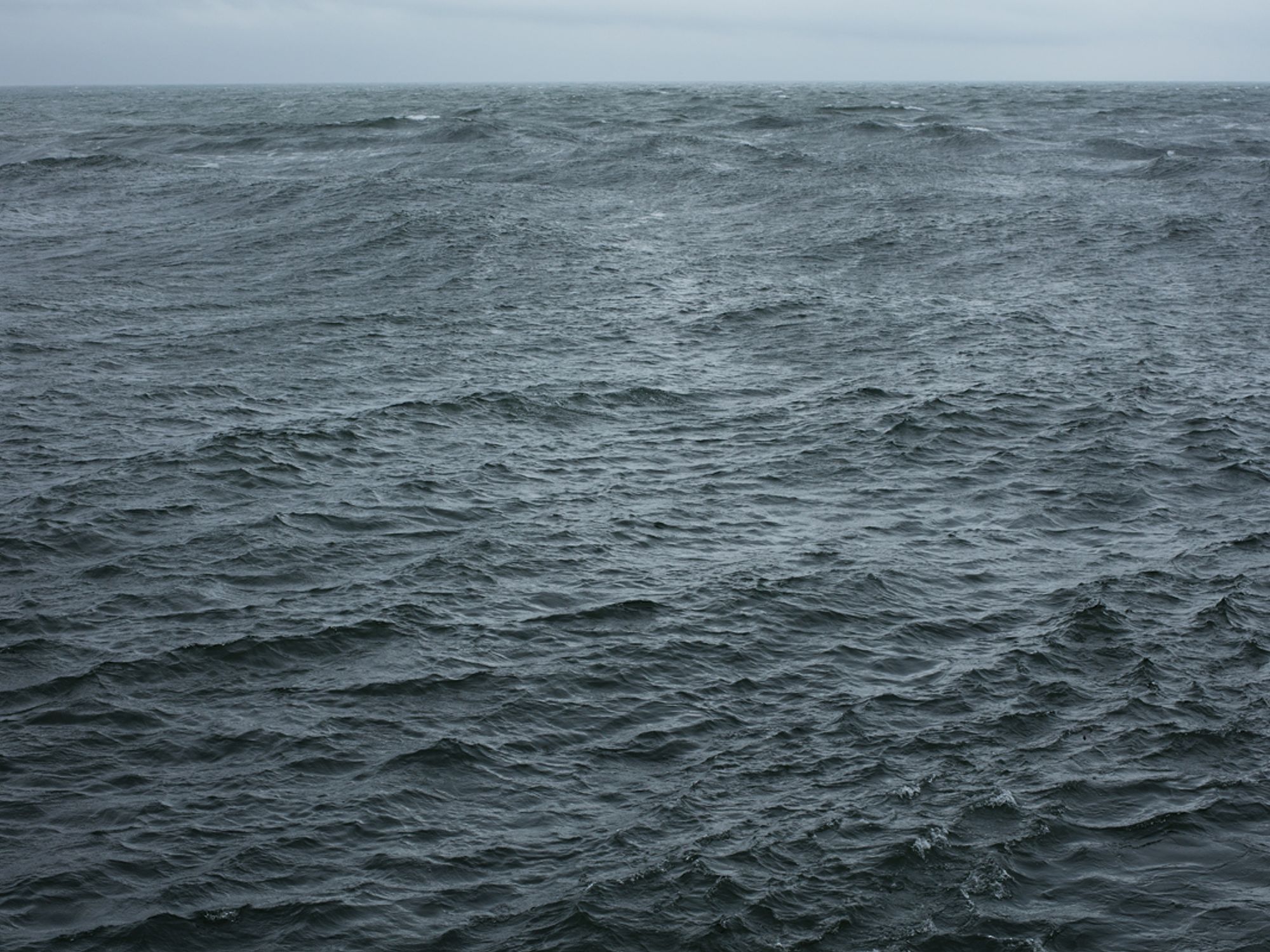

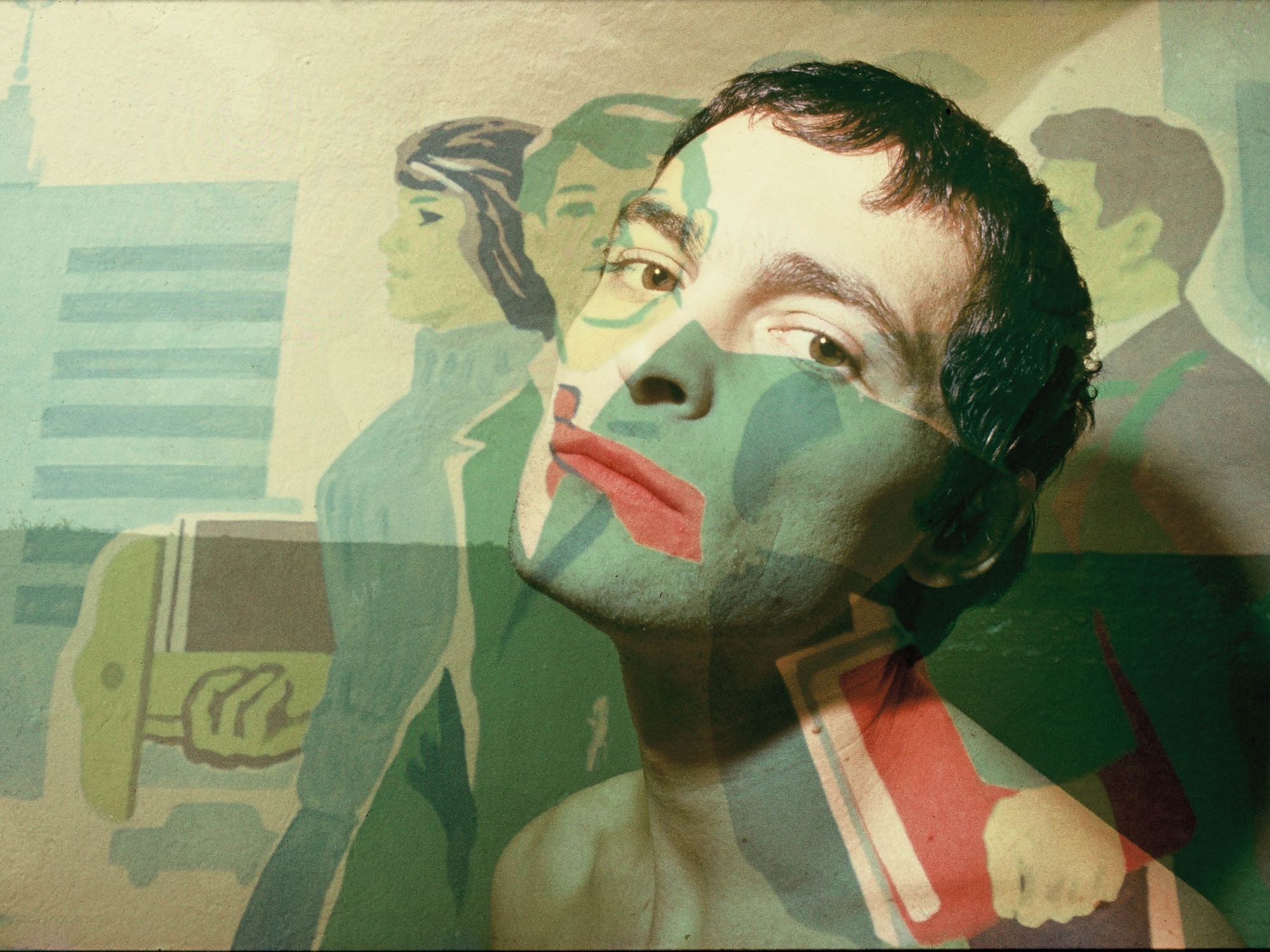



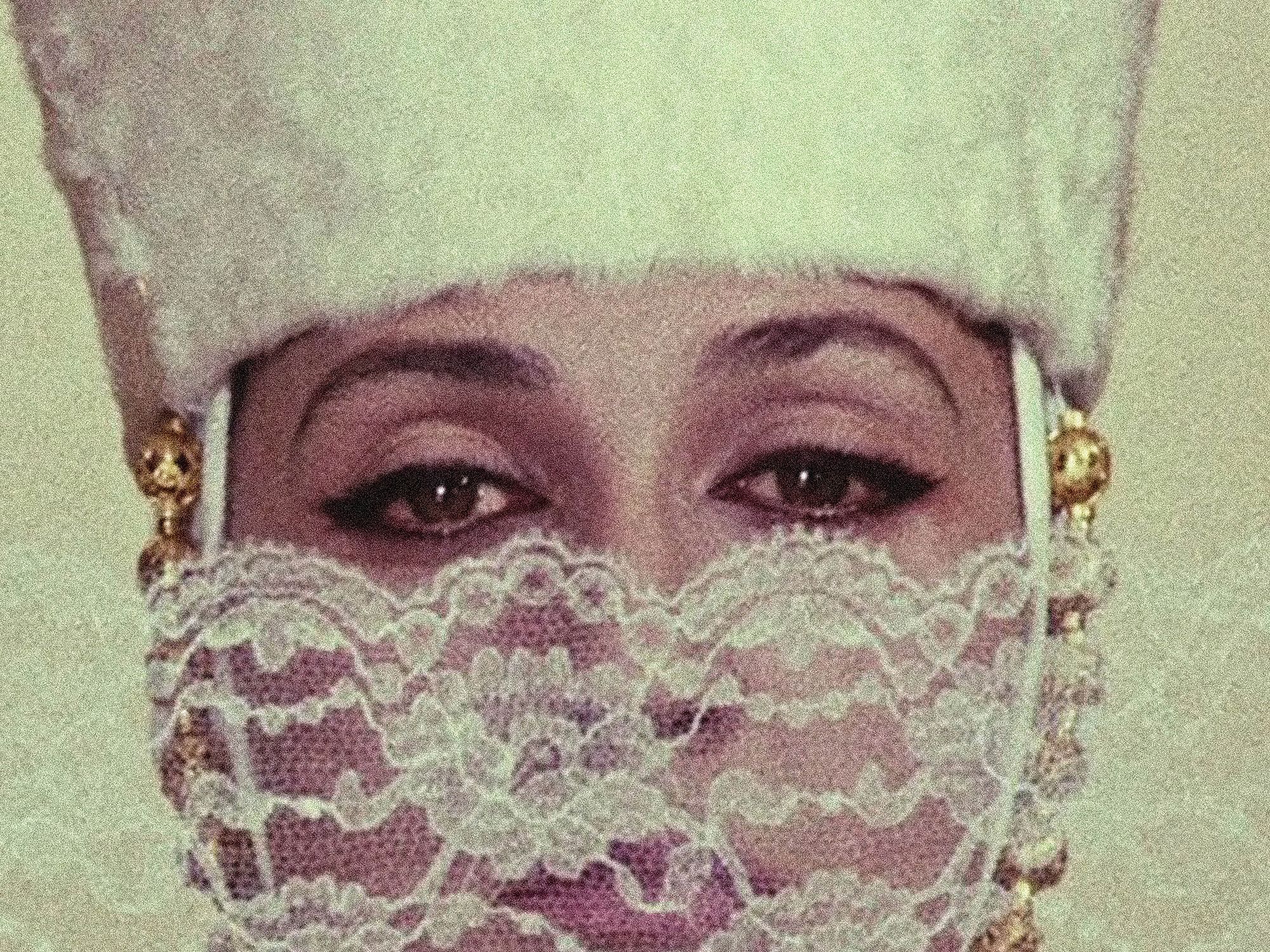

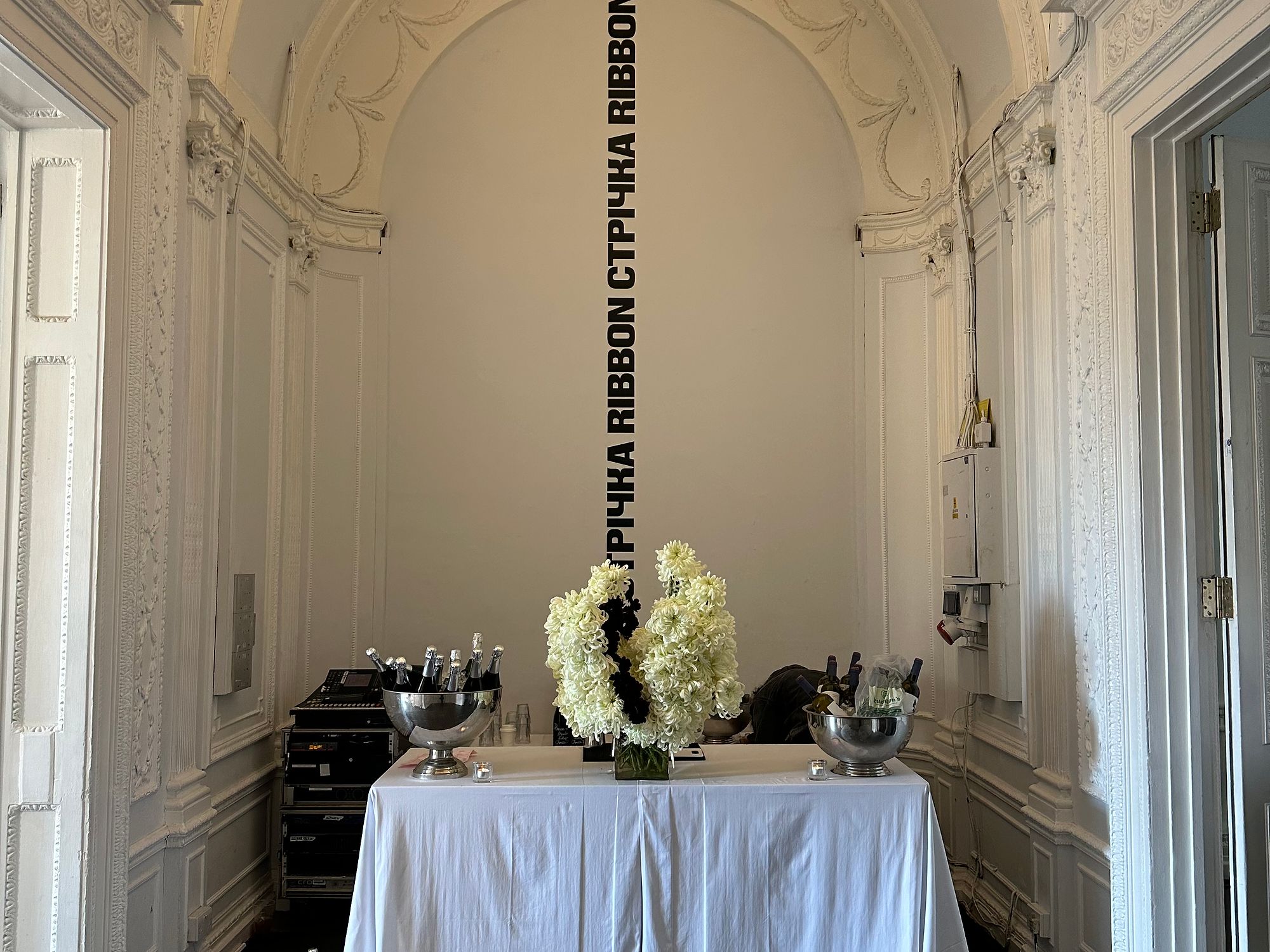
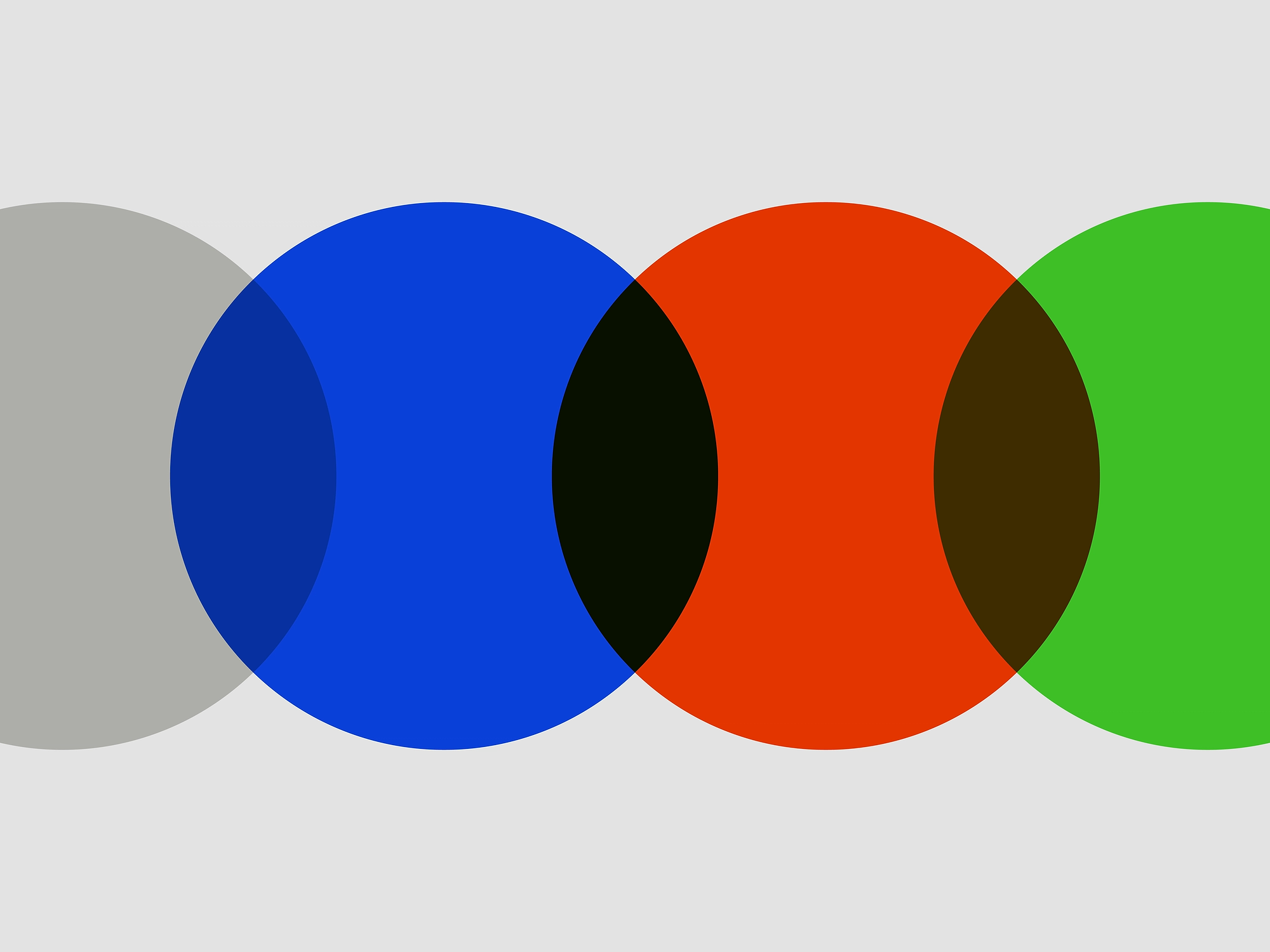
Wolfgang Tillmans and Boris Mikhailov: Pairs Skating
Pairs Skating is a historic exhibition which presents a profound conversation between two visionary artists of our time. Emerging from vastly different sociopolitical backgrounds and cultural environments, Boris Mikhailov and Wolfgang Tillmans share a deep kinship: a commitment to photography as a means to explore the intersection of the personal and the political, and to capture the essence of a place and a moment in time. For both, photography is a kind of visual poetry which enables them to communicate.
It is no coincidence that the artists’ first joint exhibition is unfolding in Kharkiv: Mikhailov’s hometown, and a significant artistic, scientific and technological centre in Ukraine—most renowned for the Kharkiv School of Photography. The current context of the city has become a vital catalyst for Tillmans’ and Mikhailov’s work, which primarily seeks to understand what is most crucial to express now, and how to maintain a sense of humanity in our complicated and often challenging world.
Conceived together with the artists, Pairs Skating is the manifestation of an artistic relationship which has been quietly unfolding since the mid-1990s, when the artists were invited by German curator Kasper König to exhibit consecutively at Portikus in Frankfurt. Here, Mikhailov encountered Tillmans’ work for the first time, and while the two have been engaged in dialogue ever since, this exhibition in Kharkiv marks their first collaboration.
Tillmans describes his work as “piecing together an understanding of how life, art, architecture, nature, and animals, as well as religion and spirituality, are all part of a simultaneity of human experience, through the lens of my very specific movements and experience of the world.” A deep sense of humanity is strongly conveyed in Mikhailov’s works too—a shared sensibility that is both deeply personal and universally resonant. In Pairs Skating, this focus upon human experience emerges as an examination of the body in its many vulnerable states. Photographs from the 1960s to today depict the body as social, corrupted, and insecure, contested by political realities and expressing personal freedoms as a form of resistance.
The exhibition also delves into the artists’ diverse methodologies, as Mikhailov puts it, "we have similar thoughts but express them in a different way." While Mikhailov has tended to develop narrative photographic series, partly shaped by the literary sensibility of the Soviet underground, Tillmans produces singular images which then come together as site-specific ‘constellations’—sequences of images that are newly curated for each of his exhibitions. In Pairs Skating, Mikhailov has adapted his story-driven approach to respond to the fluidity of Tillmans’ exhibiting practice by selecting singular images from diverse chronologies to stand together.
Conceived as a spatial dialogue Pairs Skating is not didactic; instead, it invites viewers to encounter the unique worlds of Mikhailov and Tillmans, both set distinctly apart and able to echo and respond to one another. Viewed from different angles within the complex architecture of the YermilovCentre, visitors come to find unexpected connections and juxtapositions between two distinguished artistic practices. Mikhailov’s works, stretching from the late 1960s to today, include his iconic series Yesterday’s Sandwich, Diary and Case History. These are positioned alongside Tillmans' oeuvre, spanning from the late 1980s to the present, with works like Lutz & Alex Sitting in the Trees, Tucan, Day Night III and Deer. Images taken by Mikhailov in Crimea, many now printed for the first time, contrast with Tillmans’ abstractions—which Mikhailov characterizes as an ultimate manifestation of pure photography.
Rather than a mere juxtaposition of two artists, Pairs Skating is a carefully structured exchange, where artworks by two different artists pose questions and offer answers to one another. A playful title, suggested by Mikhailov and borrowed from figure skating, Pairs Skating serves as a metaphor to reflect two intersecting and yet distinct artistic paths, which converge and depart from one another, like skaters on ice. At YermilovCentre, these practices come together to form an artistic environment that encourages reflection on fragility, resilience, coexistence, and empathy—values that are especially vital today.
Wolfgang Tillmans Few artists have shaped the scope of contemporary art and influenced younger generations more than Wolfgang Tillmans (1968, Remscheid). In a career spanning almost four decades, he has consistently redefined the medium of photography through a seamless integration of genres, subjects, techniques, and exhibition strategies. Tillmans seeks to expand the poetic possibilities of the medium while addressing the fundamental question of what it means to create pictures in an increasingly image-saturated world. In recent years, Tillmans has been more directly involved in political activism. In tandem with his ongoing Truth Study Center project (begun in 2005), he has created posters for the anti-Brexit campaign in Britain and in response to right-wing populism in Germany. Work by the artist is held in museum collections worldwide. Tillmans lives and works in Berlin and London.
Boris Mikhailov (born 1938, Kharkiv, USSR, based in Berlin) is a key figure of the Kharkiv School of Photography and one of the great masters of contemporary photography. Initially trained as an electromechanical engineer, Mikhailov taught himself photography and developed a socially conscious practice that examines human conditions in rapidly changing environments. His acclaimed series Case History (1997–1998) documents the aftermath of the Soviet Union's collapse, highlighting the struggles of vulnerable populations with a sharp and often nihilistic humor. A recipient of the Hasselblad Award, his work has been exhibited worldwide, including at MoMA in New York. He lives and works in Berlin and Kharkiv.
Maria Isserlis (1986, Kyiv, based in Berlin-Dresden) is a senior curator and an art historian. Since 2022 she has been curator and the head of international relations at the Staatliche Kunstsammlungen Dresden. In 2019 she was part of the curatorial team of the Albertinum Museum (exhibitions Kaleidoscope of Histories. Art from Ukraine and Change to Come), at the same time curating a solo exhibition of Alban Muja at the National Gallery of Kosovo. Deputy Chair of Kulturstiftung Ukraine and visiting lecturer at the Berlin University of the Arts. She was general coordinator of Manifesta 10 (St. Petersburg) and member of the curatorial team of Manifesta 11 (Zurich). In 2016 she became exhibtion director of Space Force Construction (Venice) and co-curator of AKI AORA (Mexico), since 2018 co-founder of the A:D:Curatorial platform.
Tatiana Kochubinska (1985, Kyiv, based in Kyiv) is an art historian, independent curator, author, and lecturer. In 2020, she co-edited Euphoria and Fatigue: Ukrainian Art and Society after 2014 for Obieg magazine. In 2022, she was a fellow at ZKM, Karlsruhe, DE and joined the curatorial team of antiwarcoalition.art. In 2023, she co-curated Kaleidoscope of (Hi)stories. Ukrainian art 1912-2023 (Albertinum Museum, Dresden, DE) and in 2024, she co-curated Maybe We Can Have Fun Together by Ivan Svitlychnyi (Arsenal Gallery, Białystok, PL), Landscapes of an Ongoing Past (Urbane Künste Ruhr, Essen, DE) and Sense of Safety (YermilovCentre, Kharkiv, UA and across Europe).

